A Plant’s Perspective
No matter what you’re growing, and especially if you’re growing most fruits or vegetables, you need to know what “full sun” and “part shade” mean. People with shady yards often have their own definitions.
The tall trees that surrounded my father’s yard created lots of shade; he once planted a grapevine in what he called a sunny spot, which was where the leafy tree canopy spread open enough to let a ray of sunlight peek through for about an hour at 12:30. The grape vine did grow, but bore a paltry crop, and those grapes it did bear were sour.
Grapes need “full sun. “Full sun” to a plant means direct, unobstructed sunlight for at least five or six hours a day. Besides vegetable gardens and most fruit trees, many flowers also require this exposure.
Sometimes Shade is Tolerable
There are plants that are well adapted to, even need, shade in their youth, but require more sunlight as they age. Maples and beeches, for example, as well as other forest trees which start out as seedlings in the shade of existing forests, but eventually reach light and become the canopy itself.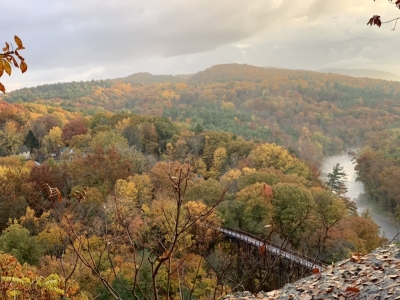
Pawpaw, which is a forest tree native throughout the eastern part of this country, is also in this category. That applies to seedling trees, that is, trees Read more
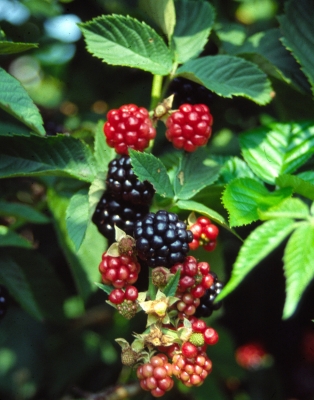 I finally gave up on Chester because winter cold would snuff out many of its canes down to ground level. If I remember correctly, surviving canes bore fruit that was too late in the season to ripen fully or in sufficient quantity. Read more
I finally gave up on Chester because winter cold would snuff out many of its canes down to ground level. If I remember correctly, surviving canes bore fruit that was too late in the season to ripen fully or in sufficient quantity. Read more
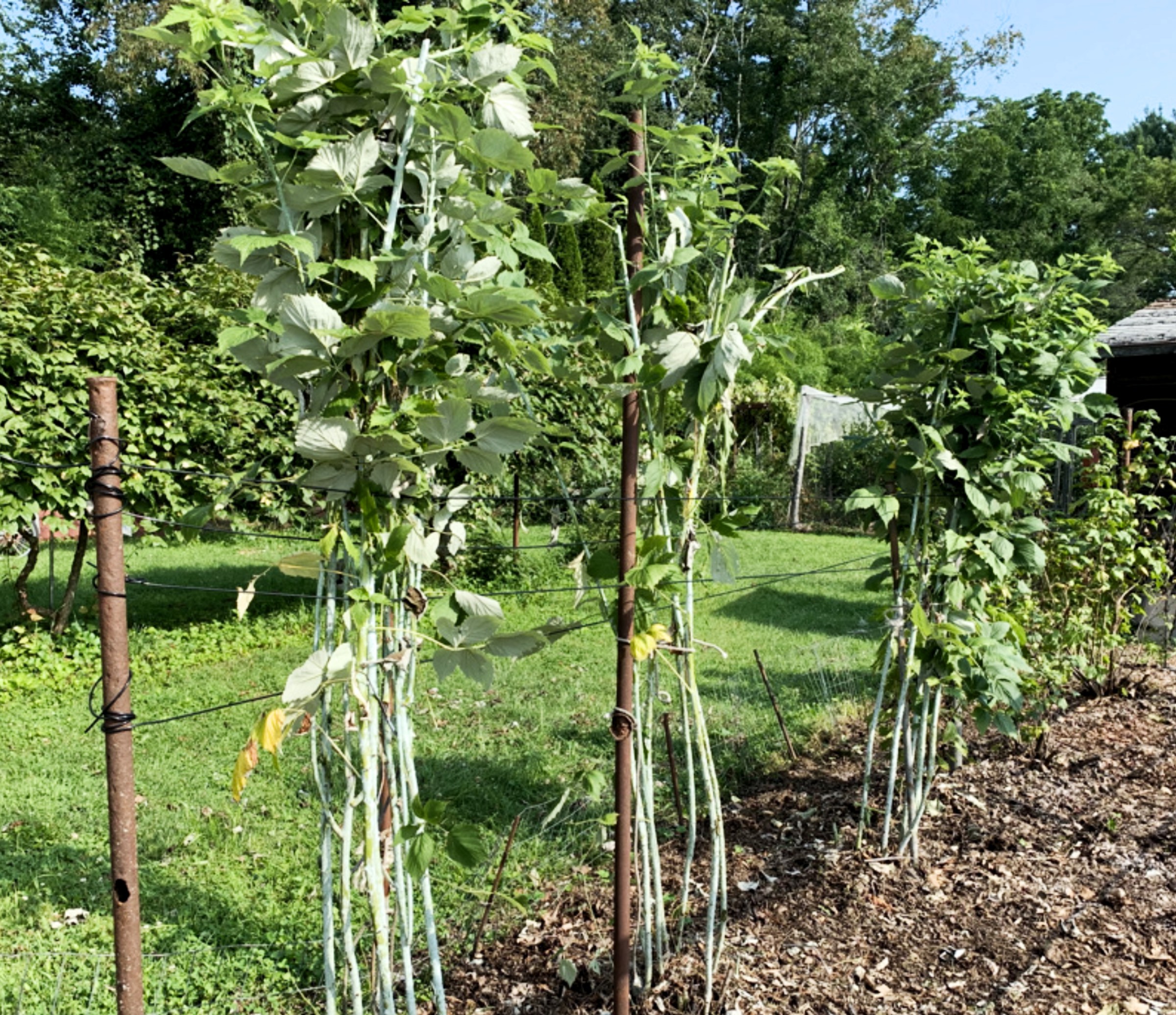
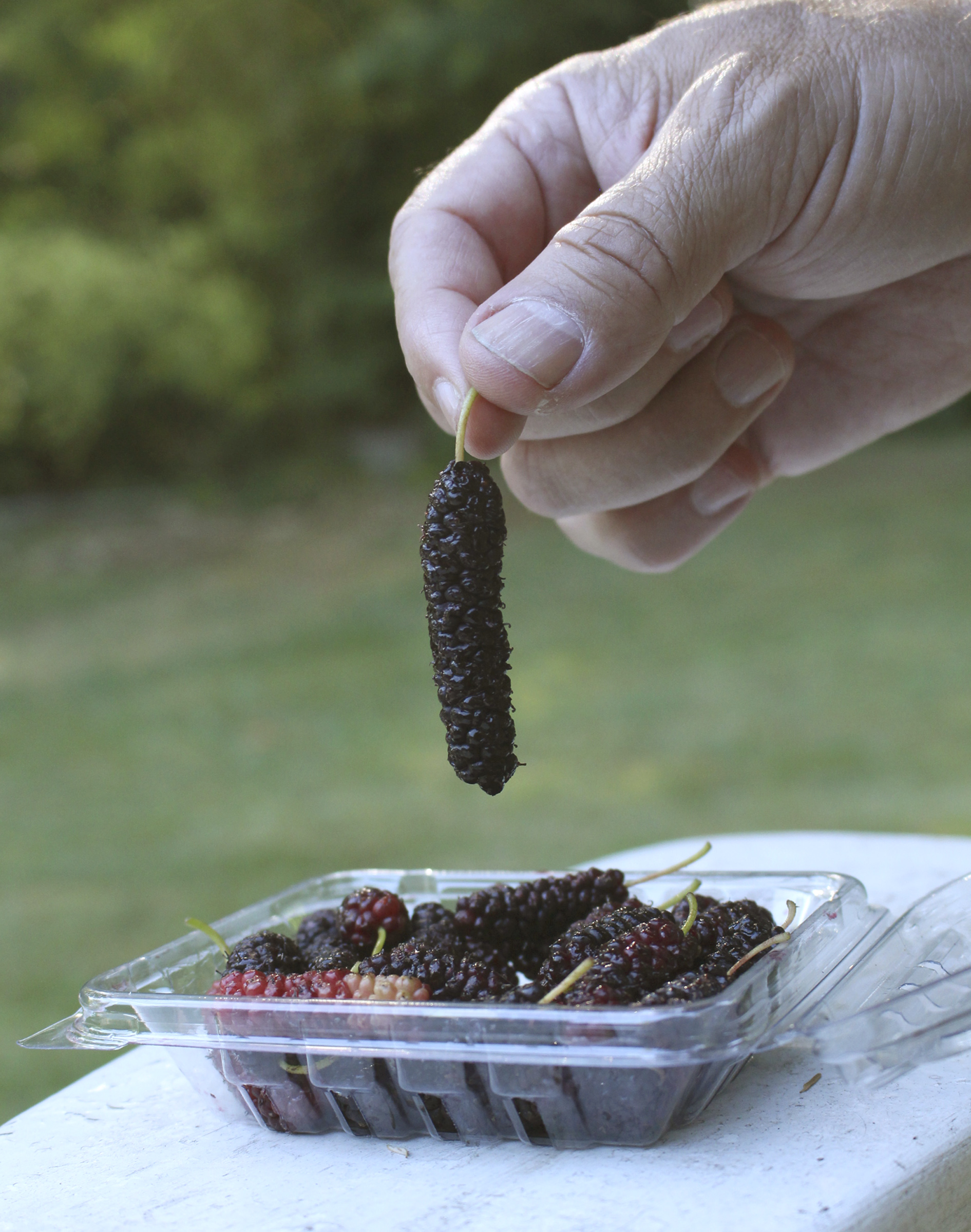
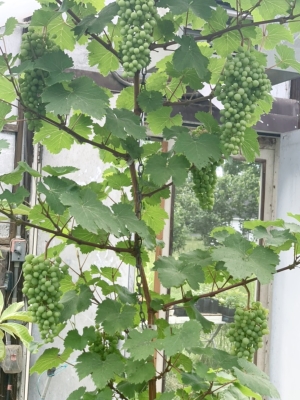
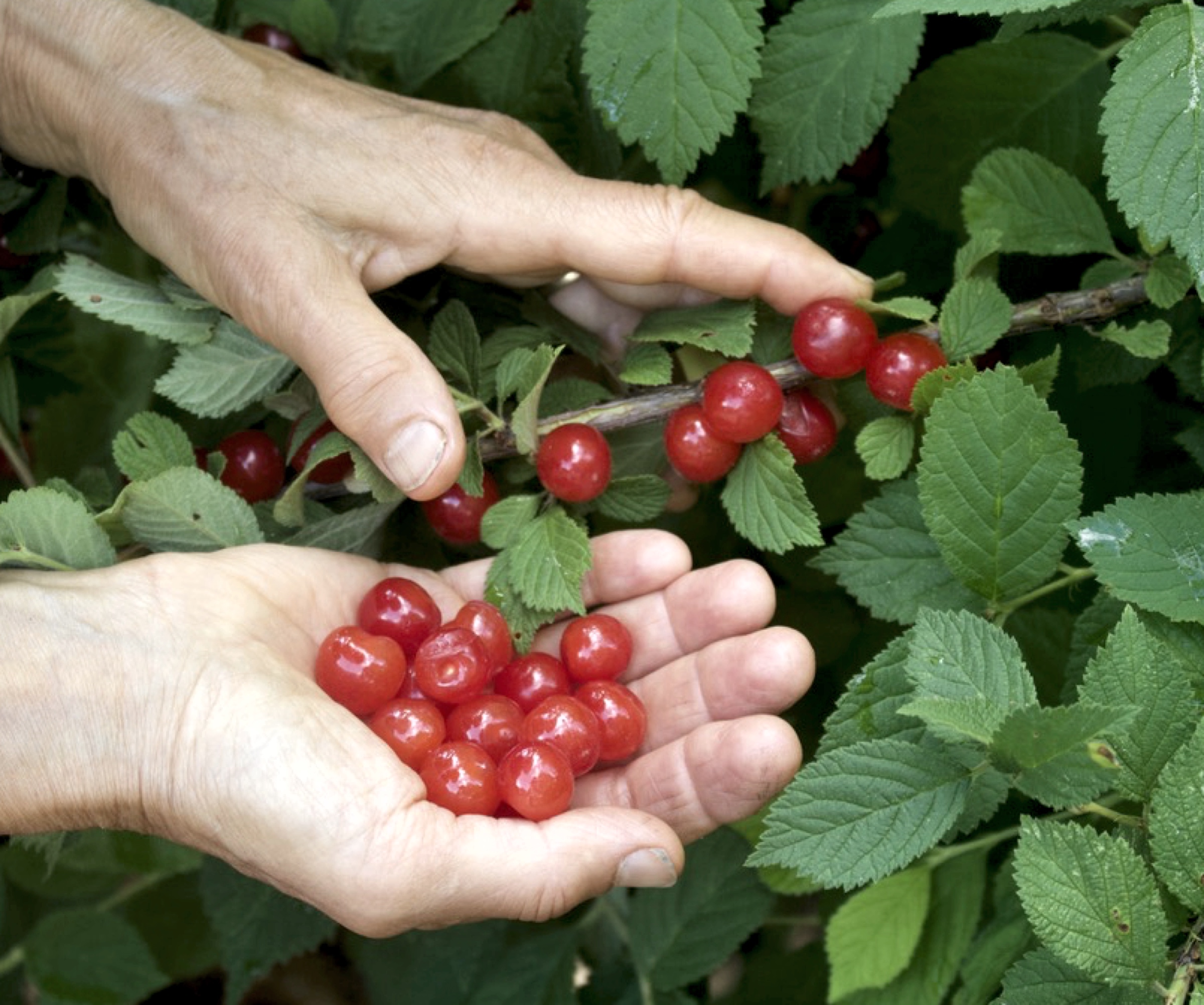
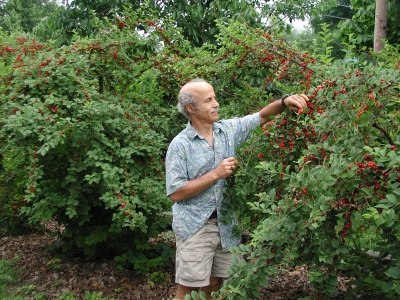
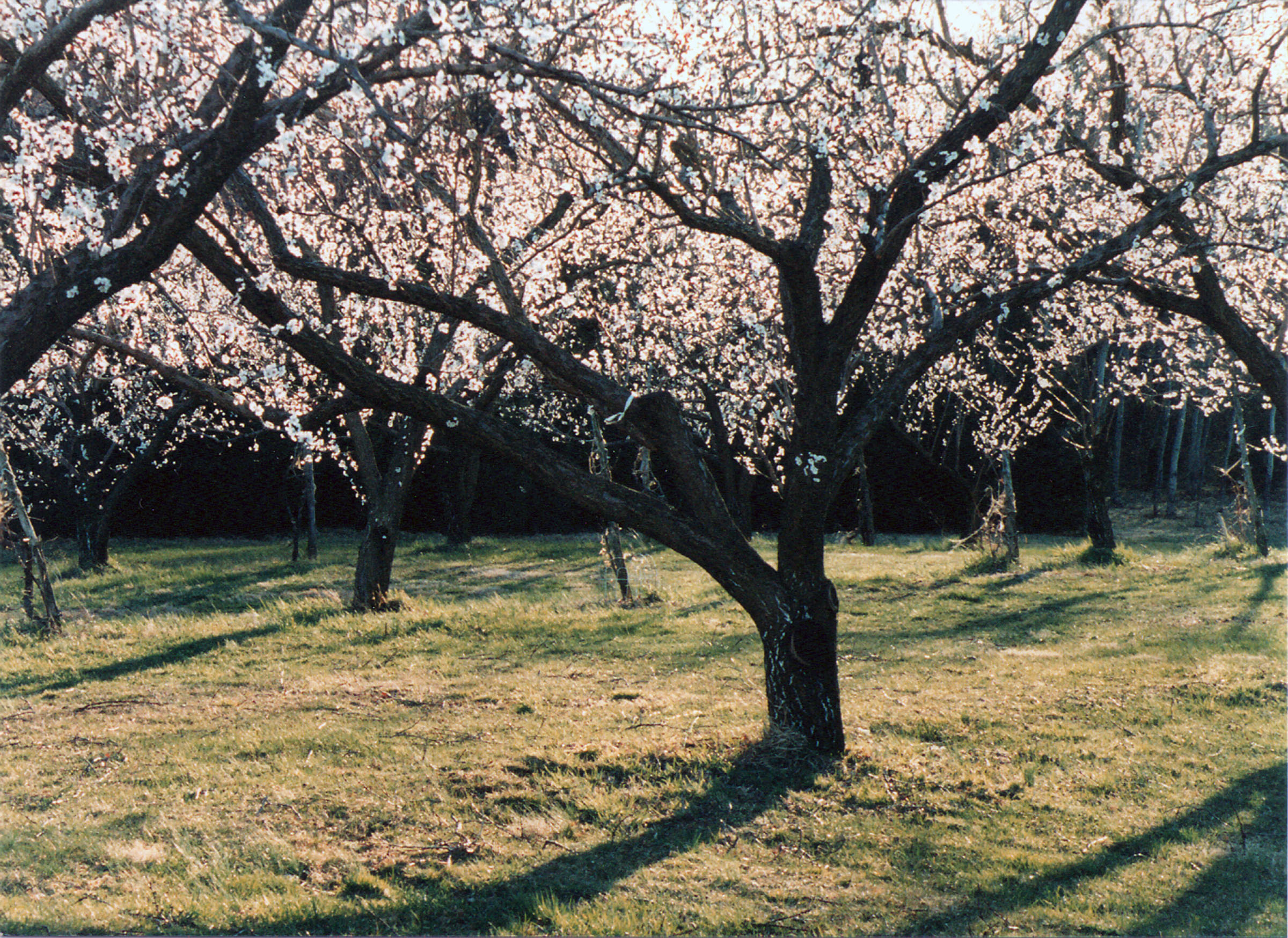
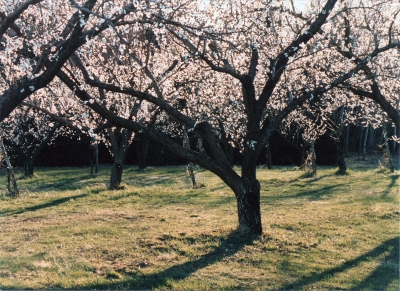
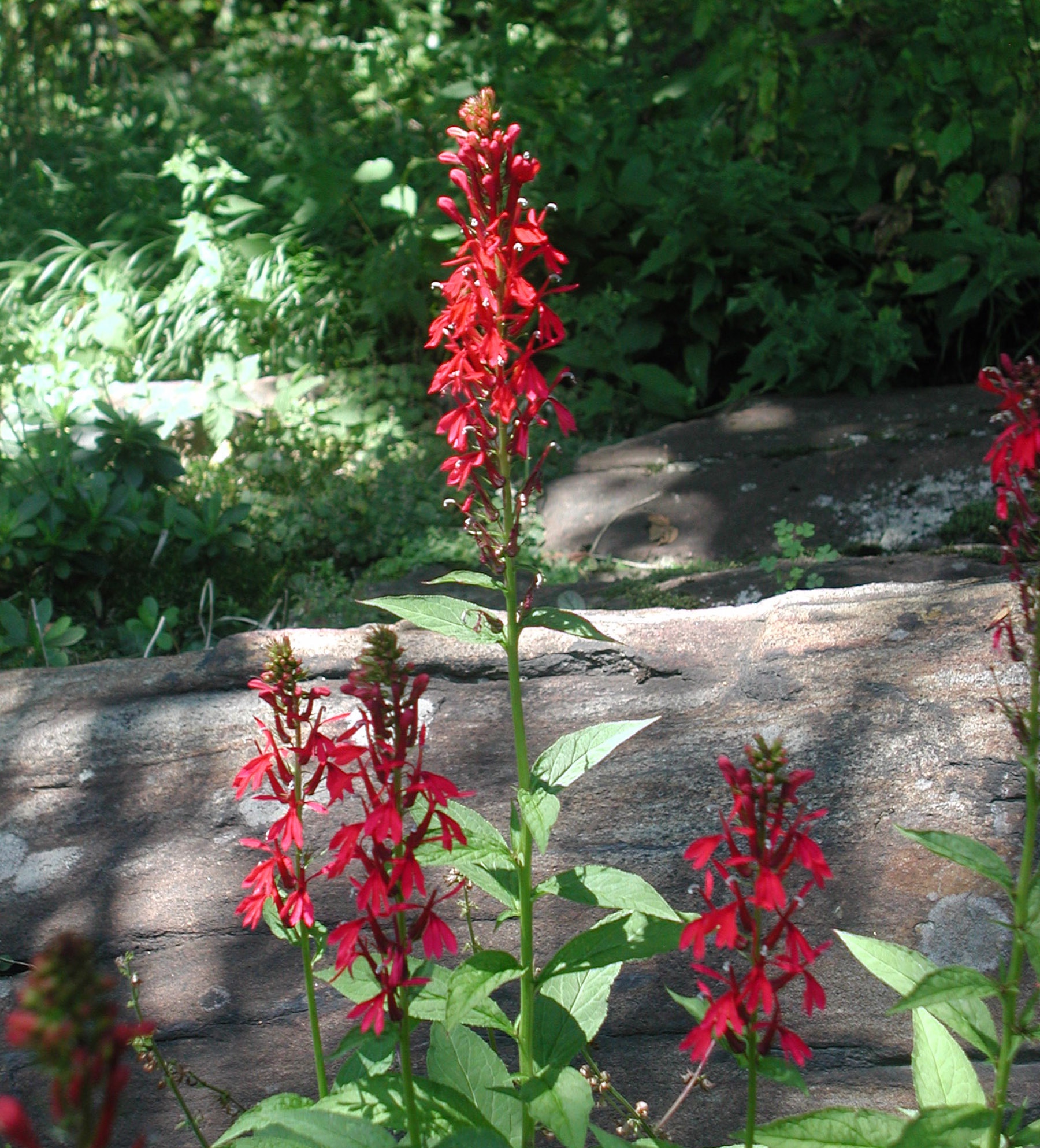

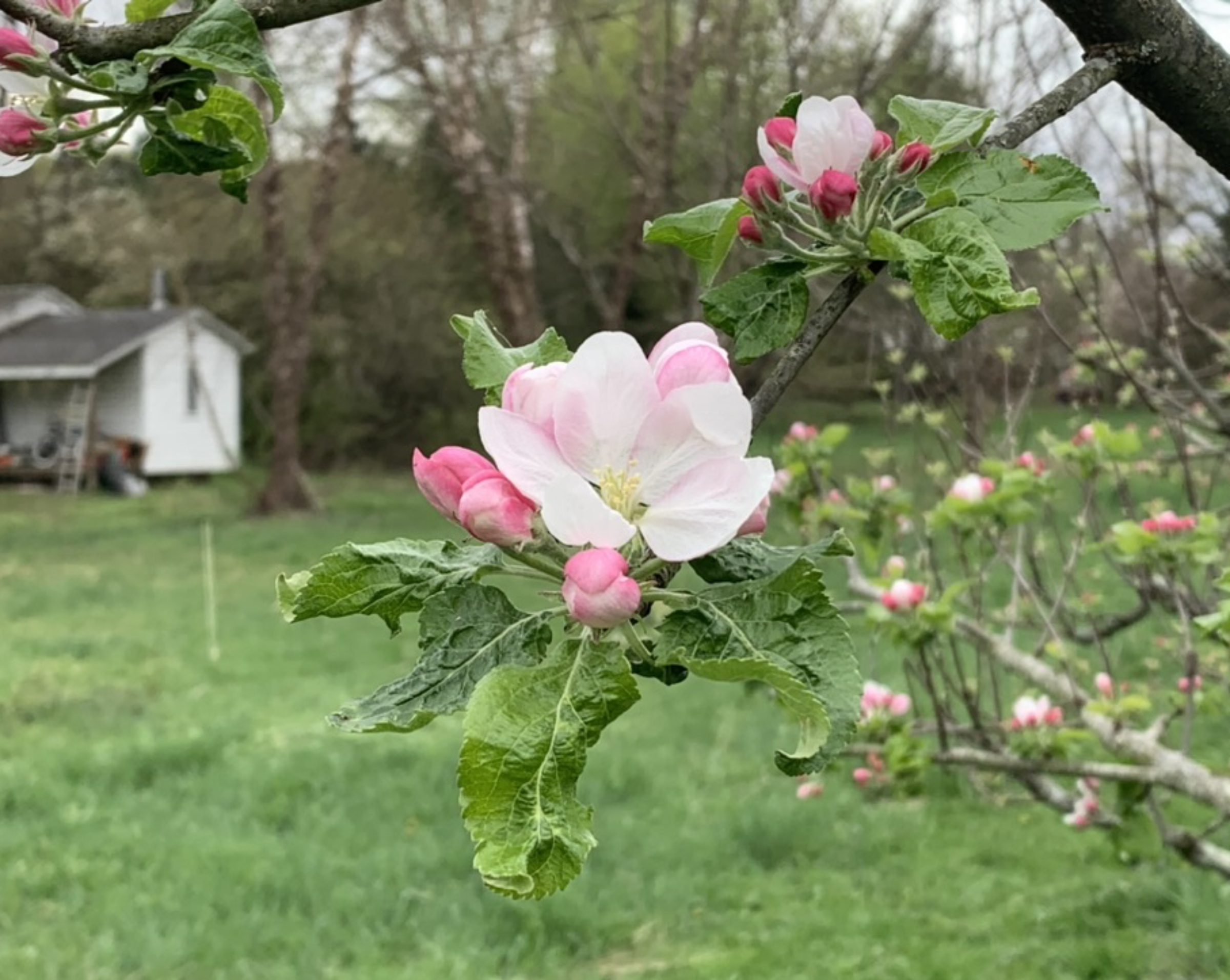
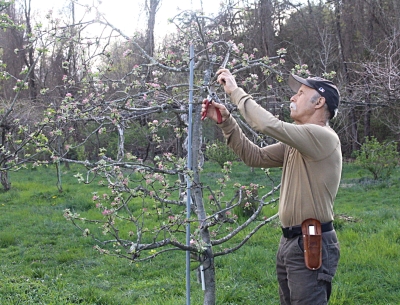
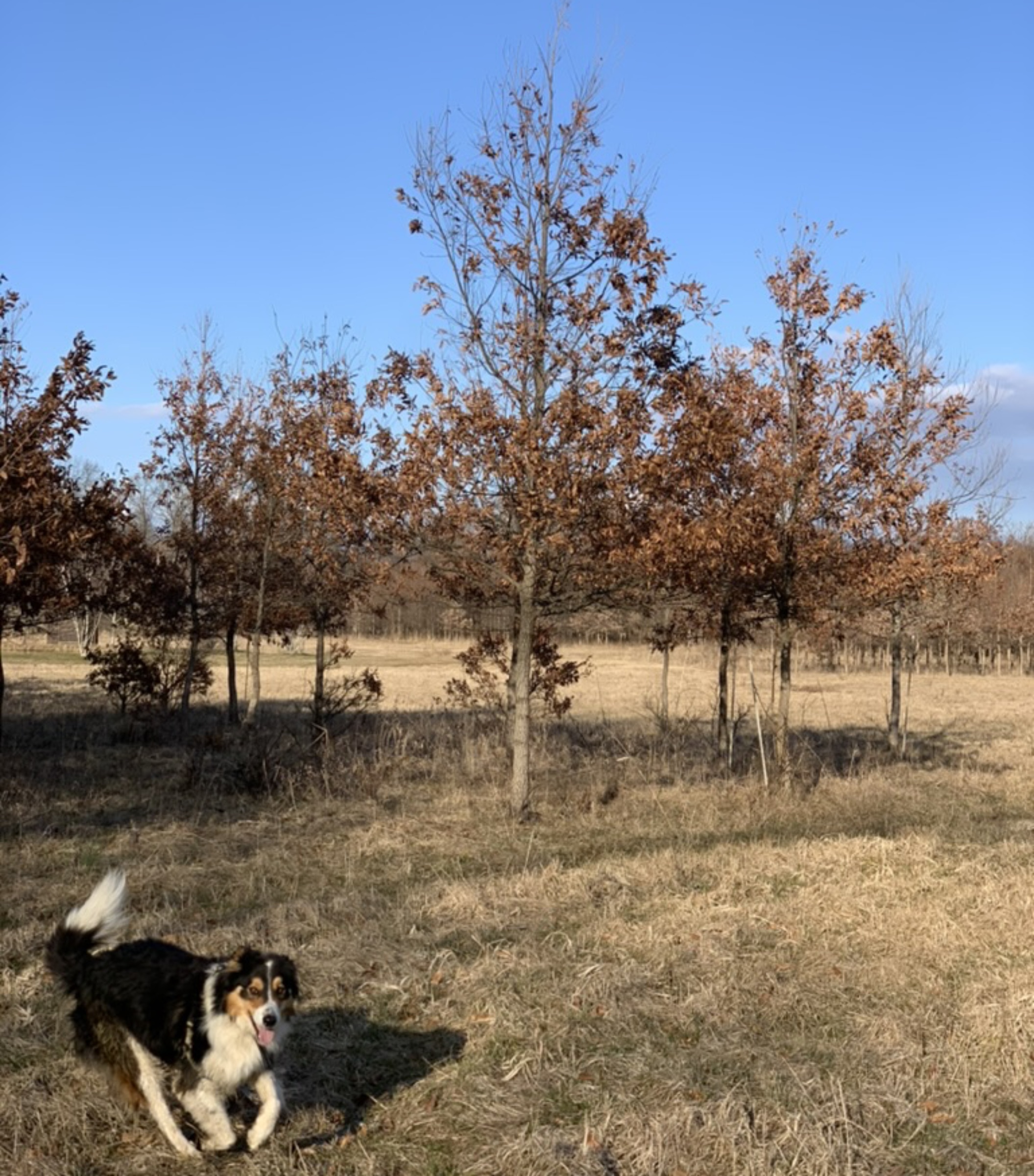
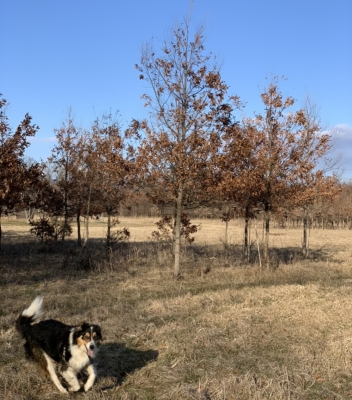
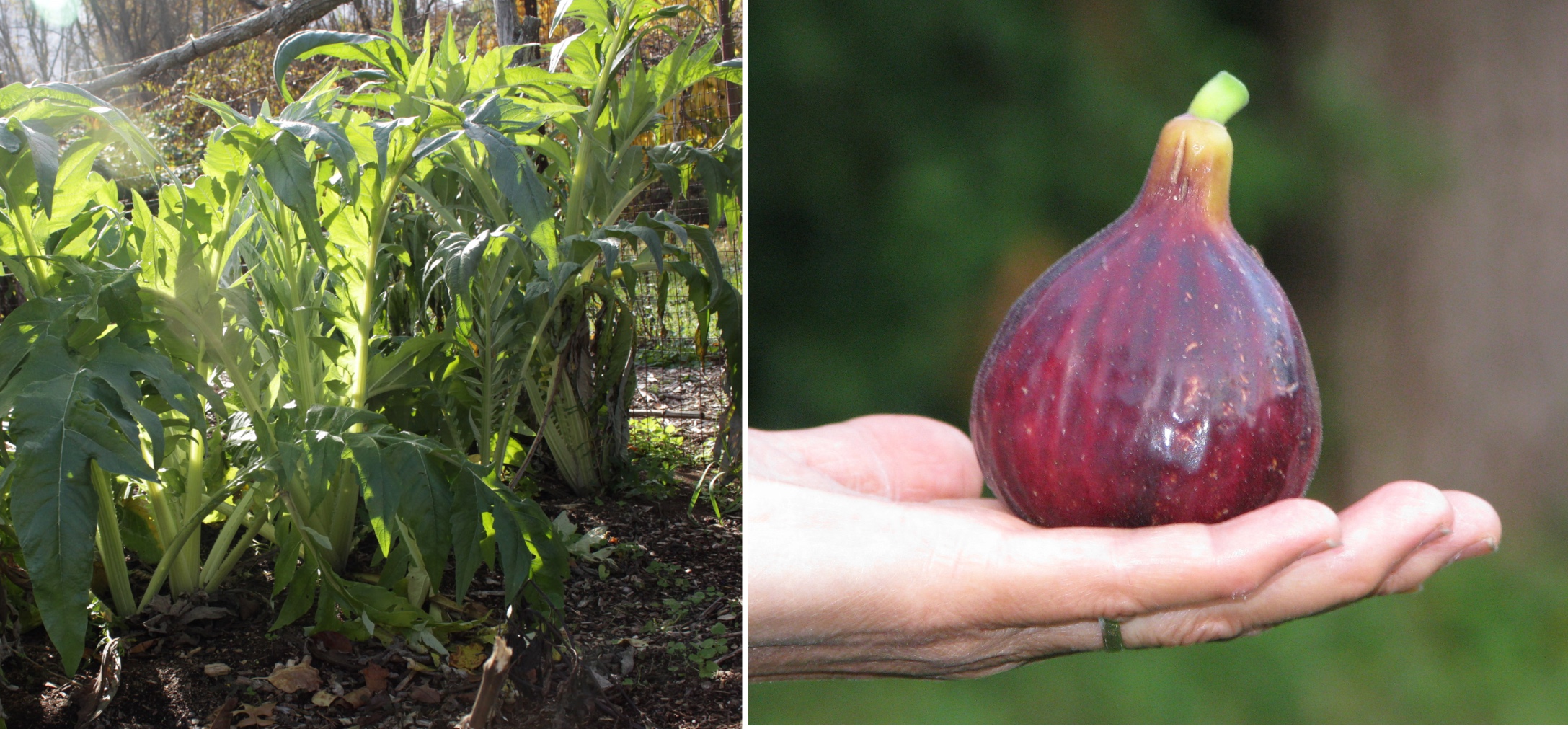

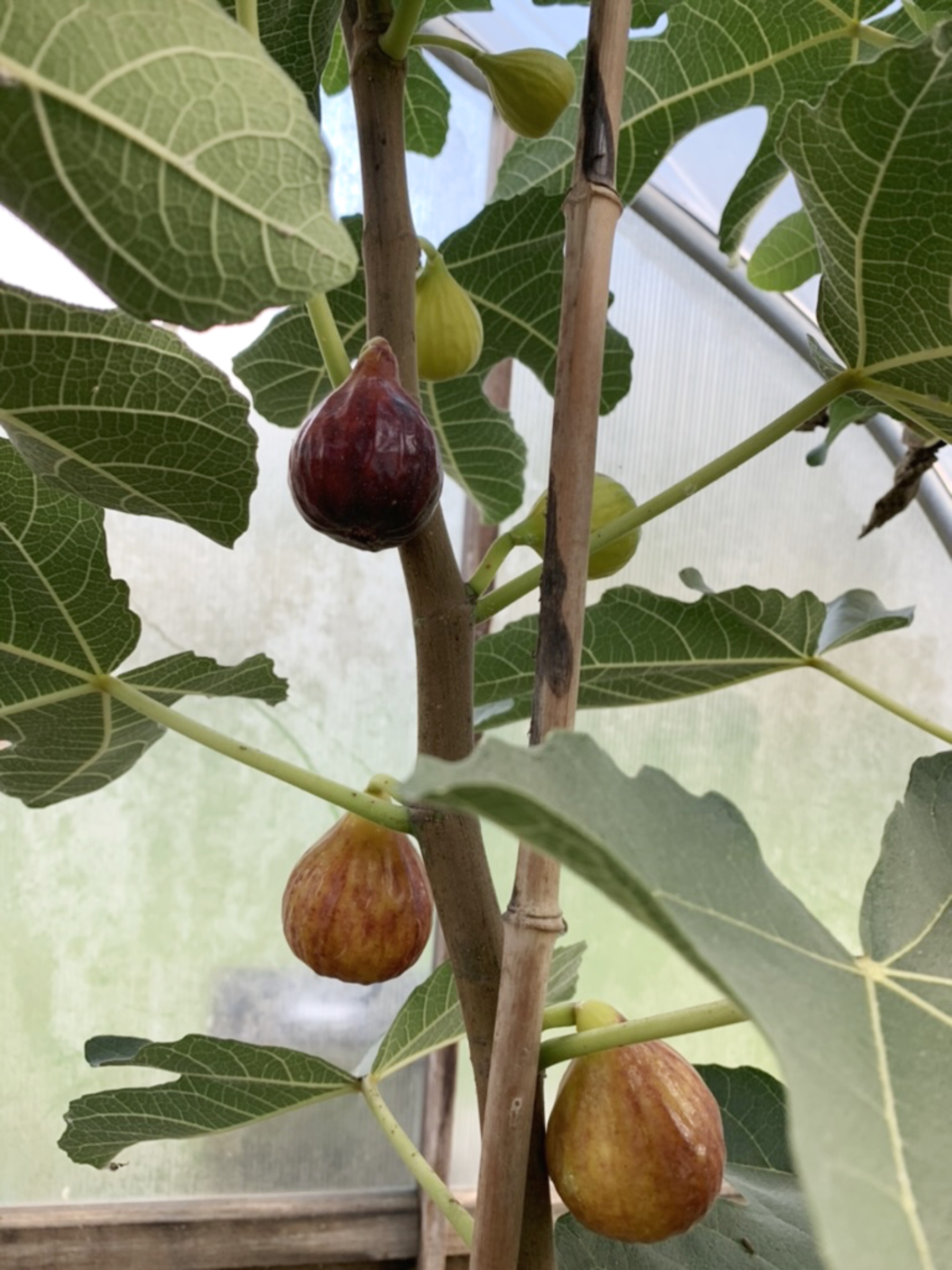
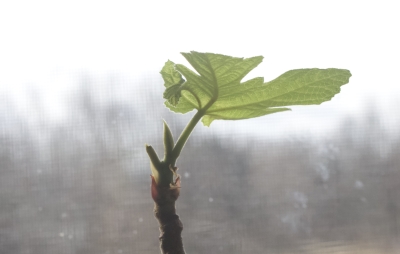
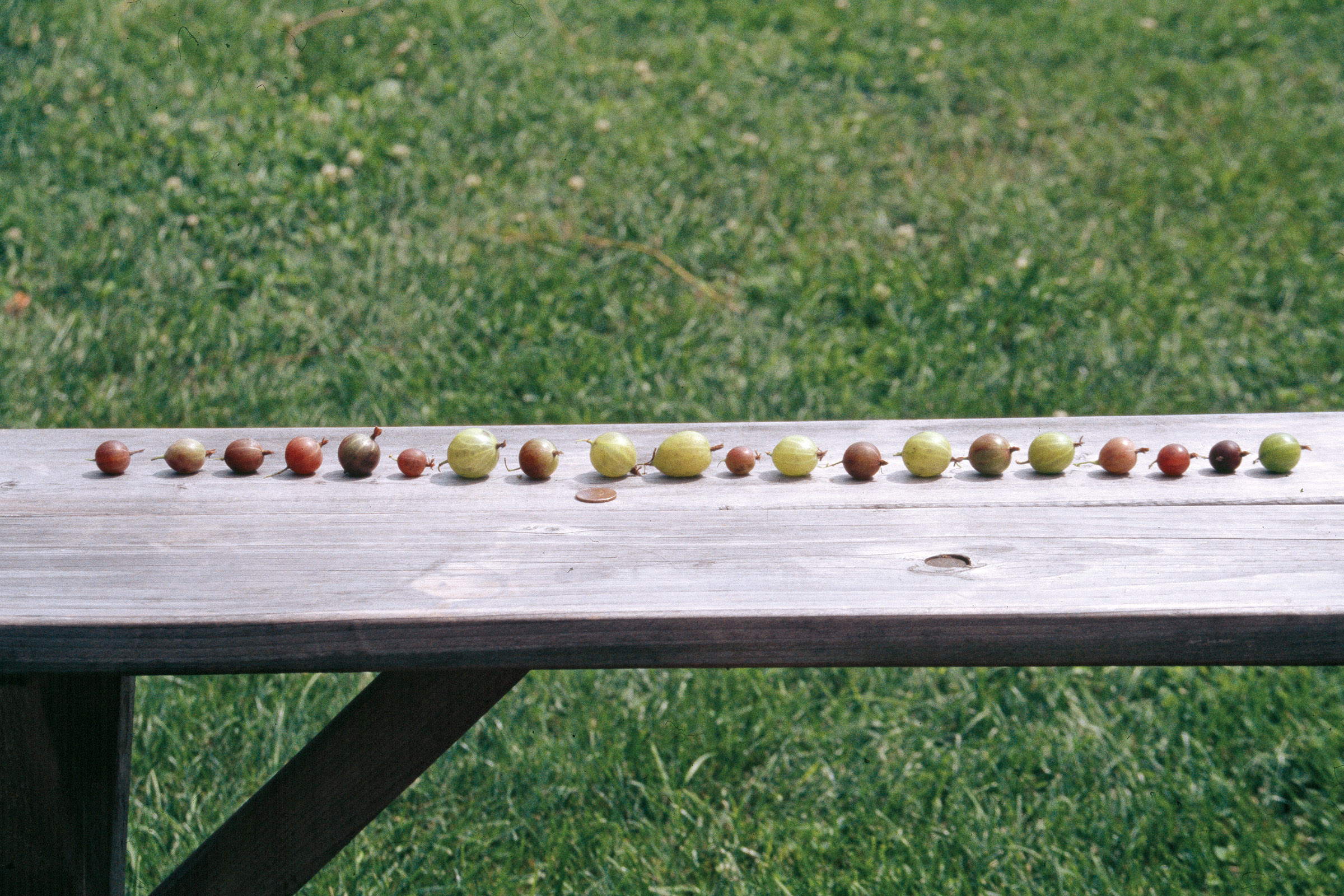
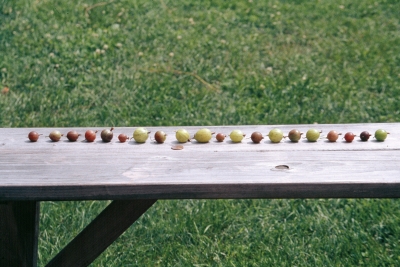 Those winning berries were the handiwork of amateur breeders and some rather esoteric horticulture. Suckling a promising berry, for example, whereby a saucer of water was perched beneath an individual berry throughout its growth, just high enough to wet only its calyx (far end).
Those winning berries were the handiwork of amateur breeders and some rather esoteric horticulture. Suckling a promising berry, for example, whereby a saucer of water was perched beneath an individual berry throughout its growth, just high enough to wet only its calyx (far end).